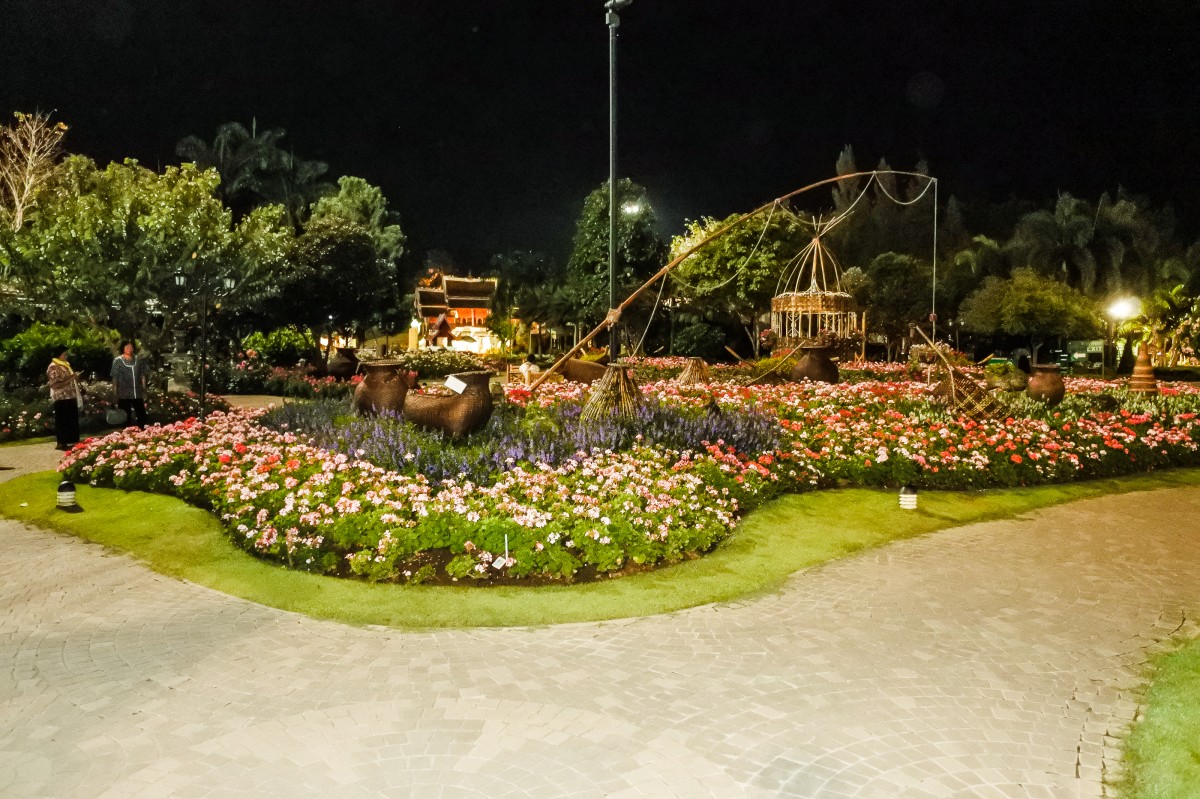Tips for Mowing Your Lawn
If watering, maintenance and fertilization are fundamental for a harmonious development of a lawn, mowing remains the task that predominates during the summer season, by its frequency, but also by its impact on the plant.
Several rules must be respected to avoid spending too much time and energy on it!
Here are all the tips for mowing the lawn.
1. Choose the right mowing equipment
Identify your needs
How do you identify your needs before buying your mowing equipment?
This choice must take into account the following aspects
the size of the area to be mowed and the width of the cut ;
the physical effort you want to devote to it, therefore, the type of traction;
the type of grass collection (with or without bin);
the autonomy required (if there is no power supply) or desired.
Types of mowers
There are 5 types of mowers:
The hand mower with a spiral blade: quick to use, ecological, low maintenance, and requires a simple sharpening of the blades and a physical effort.
The electric mower: easy to use, low maintenance, but requires a connection, a cable to drag behind you (with the risk of cutting it) and the difficulty of maneuvering and bypassing beds and trees.
The combustion engine mower: autonomous, noisier, a little technical maintenance and a higher price, exists in towed or pushed versions.
The battery-powered mower: autonomous on medium surfaces, cleanliness.
The self-propelled mower: large investment for large areas of mowing.
2. Opt for a good mowing frequency
Lawn mowing is done from spring to fall, with small variations depending on the region. Either you do it or leave the task to a professional.
Between March and October, the frequency is about once a week, except in the summer when, because of reduced grass growth, mowing can be spaced 2 or even 3 weeks apart.
Of course, lawn aesthetes can go as far as mowing twice a week.
Despite this rule, the frequency of mowing obviously depends on the following:
the cutting height;
the use you make of your lawn (pleasure, playground);
the growth rate of your grass (seeds, exposure, climate).
3. Determine the right mowing height

The height of the cut to be retained for a lawn is a function of the:
The type of seed cut:
5 cm for English ryegrass;
4 cm for red and ovine fescues;
at 2 cm for bentgrass.
Trampling:
If it is important, you should leave the stems high (7 cm): this will allow your lawn to resist.
If it is low, a shortcut (3 cm) will not weaken it but will require more lawn maintenance.
The season: in hot and dry periods, a high cut allows the grass to avoid drying out more easily and to protect the soil from the sun’s rays.
In any case, respect this basic rule: mow more than a third of the total height of the stems. Otherwise, your lawn will be weakened.
4. Mow according to these guidelines…
Do not mow wet grass.
Mow in daylight for better visibility and safety.
Read the operating instructions for your mowing equipment carefully.
Maintain your mower according to the manufacturer’s instructions.
Observe safety precautions, including wearing boots!
Be sure to remove objects and debris from the lawn that could interfere with the mower’s operation.
Keep children away.
Do not allow your child to push the mower alone.
Mow across the slope, not down it.
Adjust the cutting height when the engine is stopped and when unhooking the grass box or cleaning the discharge chute.
Never disable a safety device.
5. Case 1: Collect the grass
There are two ways to collect grass clippings while mowing:
The leaf rake: a tedious but effective solution.
The grass catcher: most mowers are equipped with one, but it must be emptied.
This grass can be disposed of during municipal green waste collection.
You can also choose to use this grass to mulch your trees or vegetable garden, for example. This process consists of depositing a layer of plant waste of about 5 cm at the foot of shrubs, roses, trees or vegetables in the vegetable garden in order to protect them.
Mulching has many advantages:
In summer, it limits watering by reducing evaporation due to high temperatures.
In winter, it acts as a barrier against frost.
It provides organic matter to the soil by slow degradation.
Mulching encourages the proliferation of insects and worms, which contribute to the good health of the soil.
It also reduces the growth of weeds and, therefore, the chore of weeding.
Install mulch, preferably on weeded and watered soil.
Note: for a rich nutrient supply, mix other organic waste from the garden (dead leaves, weeds) with the mowed grass.
5. Case 2: leave the grass in place
In addition to saving time and energy, not collecting the grass clippings has clear advantages.
Grasscycling
Grasscycling consists of leaving the grass cuttings in place after the mower has been used. This technique has several advantages:
You won’t have to pick up the grass clippings.
The lawn feeds on the nutrients contained in the clippings.
You reduce your lawn’s need for fertilizer by 30%.
No effort is required to manage the clippings.
Water evaporation is significantly reduced, and your lawn will need less watering.
Automatic mulching
Some mowers have a double-cutting system:
A second blade mulches the grass a second time.
They do not have a collection tray.
The grass is left on the spot.
On the other hand, the grass must not be too high because the system cannot handle large bundles of grass.
Equipment for mowing the lawn
Boots
Leaf rake
Lawnmower
Hand mower





